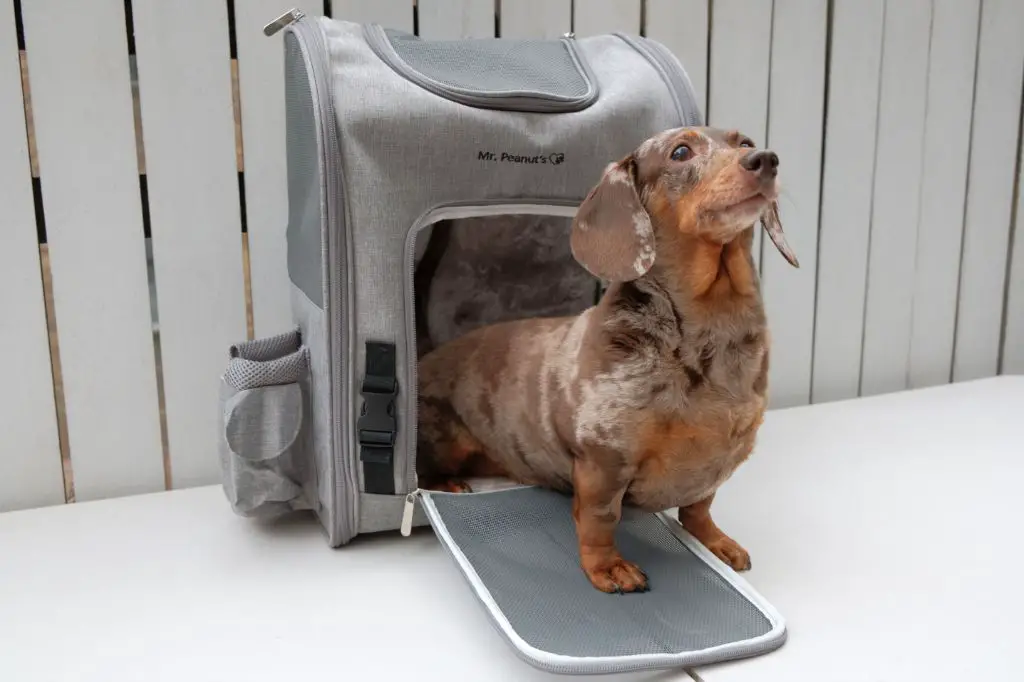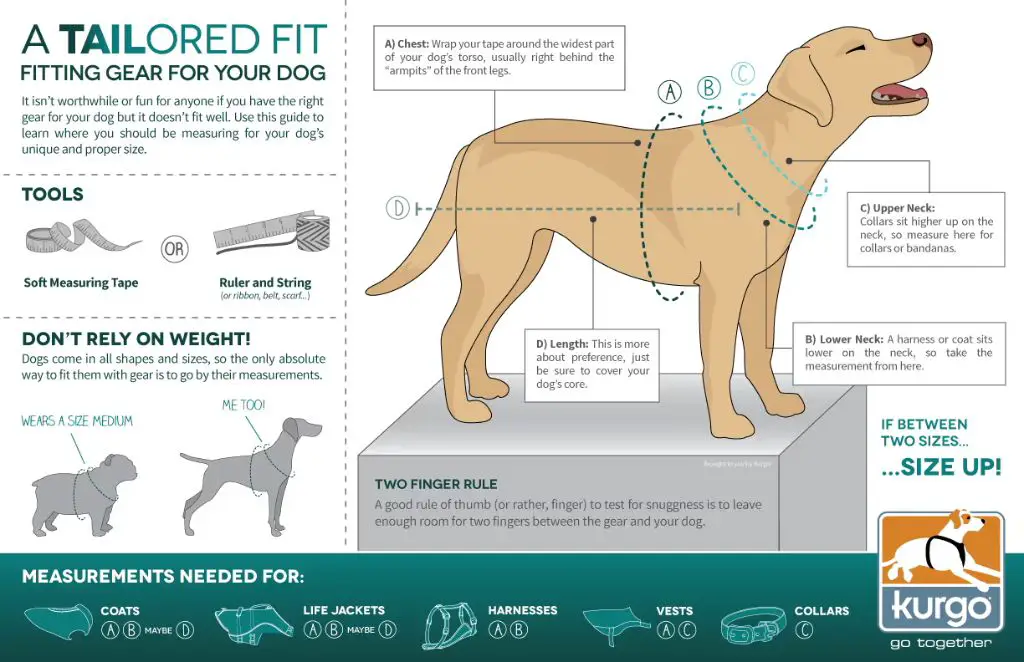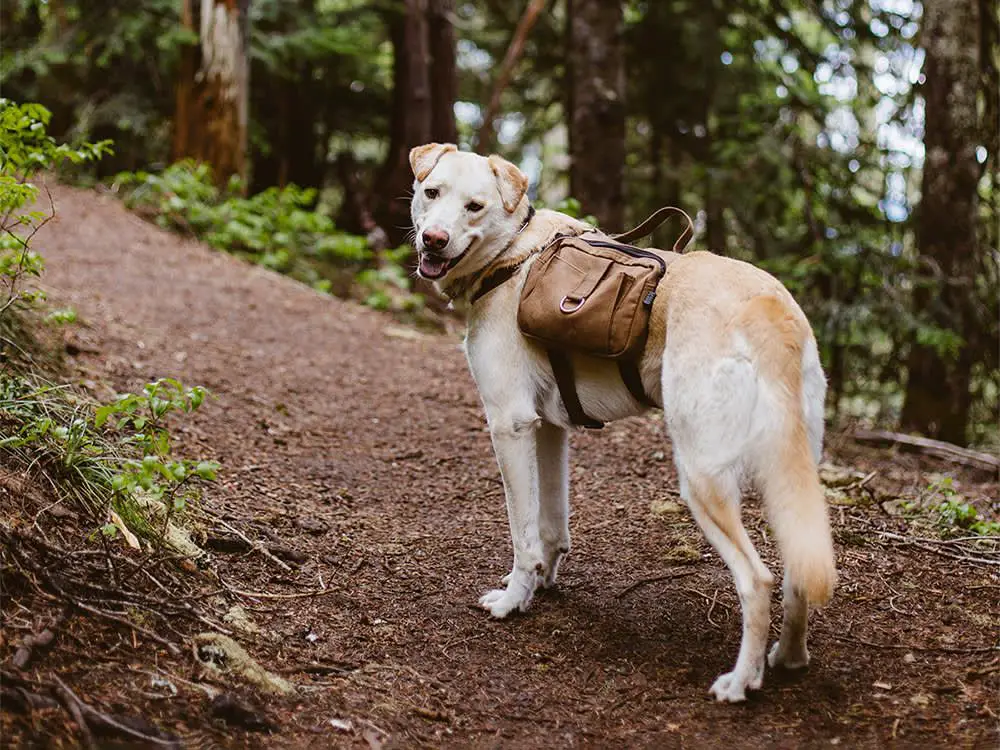Introduction
Dog backpacks are specially designed packs that safely distribute weight across your dog’s back. They allow dogs to carry supplies on hikes, camping trips, and other outdoor adventures.
Backpacks provide an excellent way for high energy dogs to help out and burn extra energy. Dogs naturally enjoy having a job to do. Carrying a backpack gives them a task that allows them to explore the outdoors while staying productive.
The right backpack improves strength, balance, and endurance for your canine companion. With proper training and use, backpacks are a fun way for dogs to contribute to the trip. But finding the right fit and properly packing the load is essential for keeping your dog comfortable on the trail.
Proper Fit
A properly fitted dog backpack is essential for your dog’s comfort and health while carrying weight. An ill-fitting pack can cause chafing, restrict movement, or put too much pressure on certain areas of your dog’s body. The goal is to have the pack’s weight evenly distributed across your dog’s back, rather than focused in one spot.

When fitted correctly, the backpack should rest just behind your dog’s shoulders over their shoulder blades, but not extend past their last rib. It’s important that it doesn’t slide back and forth or shift positions while your dog is moving. The pack should be snug but not constricting, and allow a full range of motion without rubbing.
Adjust the straps as needed to achieve this optimal positioning. You want the weight to rest mostly on their shoulders rather than hanging off their belly or neck. This distributes the load most comfortably across their upper back and shoulders.
Measure Your Dog
Properly measuring your dog is crucial to finding a well-fitting backpack. You’ll need to measure two things – your dog’s torso length and girth.
To measure torso length, have your dog stand normally. Use a soft measuring tape to measure from the base of the neck where the collar sits, along the back, to the base of the tail. This will give you the torso length.
For girth, measure the widest part of your dog’s ribcage, just behind the front legs. Make sure the tape measure is snug but not too tight.
Refer to size charts of dog backpacks, which provide recommended torso lengths and girths for each size. Choose the size that best matches your dog’s measurements for optimal fit and comfort.
It’s ideal to physically try packs on your dog before purchasing, if possible. Proper fit means the pack rests comfortably on the dog’s back without sagging, slipping, rubbing, or restricting movement.
Positioning

Proper positioning of a dog backpack is critical for your pup’s comfort and safety. The backpack should sit snugly on top of your dog’s shoulder blades, with the bulk of the weight settling there. You want to avoid having the pack obstruct leg movement or drape too far down the sides. The ideal placement is right behind the neck and shoulders.
When fitted and loaded correctly, your dog should still have full range of motion in their front and back legs. They should be able to run, walk, lie down, and get up without any impairment from the backpack. Restricted movement can cause muscle strain, rub spots, and general discomfort.
Before ever using the pack, place it empty on your dog and observe how they move around. Make any necessary adjustments to the straps so the pack sits centered atop the shoulder blades without sliding back. You want it secured but not overly tight. When properly positioned, the backpack will move naturally with your dog’s body.
Loading the Pack
When loading the backpack, it’s critical to distribute the weight properly without overloading your dog. The backpack should rest mostly over your dog’s shoulders, with minimal weight over the hindquarters. Too much rear weight can cause strain and fatigue.
As a general rule, a dog should carry no more than 25% of their body weight in the pack. So a 50 lb dog could carry up to about 12 lbs. It’s a good idea to start with lighter loads around 5-10% of their weight when first training them. Overloading risks injury, especially to their joints, back and hips.
Pack the heaviest items close to your dog’s shoulders and center of gravity. Soft, lightweight items can go towards the top or sides. Make sure to distribute the load evenly on both sides. An uneven load distribution causes the pack to shift and can throw your dog off balance.
Monitor your dog closely with new or heavier loads. Look for signs of fatigue, soreness, or chafing from the pack. Adjust the weight as needed to find the right balance. Take regular breaks and have water available. By loading the pack properly and avoiding excess weight, you can keep your dog comfortable on the trail.
Monitor Your Dog
It’s important to keep a close eye on your dog anytime they have a backpack on. Look for signs of chafing or rubbing where the pack touches their body. Stop immediately if you see any redness, sores, or irritation developing. You may need to adjust the fit or placement of the pack.
Also watch for signs of fatigue, such as slowing down, panting excessively, or reluctance to keep walking. Take occasional breaks to let your dog rest – they should not be expected to carry a load indefinitely. Give them a chance to drink water, have a snack, and loosen the pack straps for a few minutes before continuing.
If your dog seems overly tired or stressed from wearing their backpack, stop and remove it. Don’t overdo it. Let them gradually build up endurance over multiple shorter hikes before attempting long distances.
Pay attention to your dog’s normal behavior and reactions. If the backpack seems to bother them, causes limping or changes their gait, or alters their demeanor, it’s likely not fitting properly. Discontinue use until you can get a better fitted pack or try alternatives like doggy vests.
With patience and proper conditioning, your dog can comfortably carry light loads on hikes and outdoor adventures. But their health and wellbeing always comes first. Monitor them closely and let their own response guide appropriate backpack use.
Additional Gear
When taking your dog hiking, having the right accessories can make the experience safer and more comfortable for your pup. Here are some recommended add-ons to consider for longer or more strenuous hikes:
Dog Boots: Rugged terrain like rocks, thorns and hot pavement can damage your dog’s paw pads. Booties protect their feet and help avoid injuries.
Cooling Vest: On warm sunny days, dogs can overheat just like people. A cooling vest helps regulate their temperature to prevent heat exhaustion.
Dog First Aid Kit: Accidents can happen anywhere. Always carry a pet first aid kit with basic medical supplies in case your dog gets injured on the trail.
Collapsible Water Bowl: Keep your dog hydrated with a portable bowl you can easily pack and take anywhere.
Dog Towel: After swimming or getting messy on the hike, a towel just for your pup keeps their mess contained.
With the right accessories, you can take your dog hiking comfortably and safely. Focus on items that will protect their paws, regulate temperature, and allow you to administer first aid if needed.
Training Tips

Proper training is essential for helping your dog adjust to wearing a backpack on walks. Here are some tips for training your dog:
- Start with short training sessions of 5-10 minutes and gradually build up the duration.
- Let your dog sniff and get used to having an empty backpack on first before adding any weight.
- Initially, only add a very light load such as a water bottle to get them accustomed to the feeling of having weighted bags.
- Practice having your dog walk, turn, lie down, run, go up inclines, go over obstacles, etc. while wearing the pack so they learn how to maneuver properly.
- Use treats and praise to positively reinforce desired behaviors while they are learning.
- Watch for signs of chafing from the backpack straps and adjust fit accordingly.
- Gradually increase weight in increments of no more than 10% of body weight at a time.
- Take occasional breaks to let your dog rest and get the backpack off during initial training.
- Keep training sessions relaxed, rewarding and fun for your dog.
With regular, patient training, your dog will get conditioned to walking and hiking with a backpack over time. Make sure not to overdo it too soon. Listen to your dog’s cues and keep sessions short while they build endurance. Proper training will help ensure your dog is comfortable carrying a pack.
Safety Precautions
Using a dog backpack properly and safely requires paying attention to some key precautions. The most important is to avoid having your dog carry excessive weight that could lead to injuries or strain. As a general guideline, dogs should not carry more than 10-15% of their body weight in a backpack.

You’ll also want to watch out for hazards from the environment when your dog is wearing a pack. Avoid extreme hot or cold weather that could cause overheating or frostbite. Also be cautious of rugged, slippery or unstable terrain that could be difficult for a dog to navigate with a pack on. Consider the duration of your hike as well – dogs new to backpacks shouldn’t wear them for excessively long periods at first.
Make sure your dog is healthy enough for the weight and activity level involved. And allow them to acclimate to wearing a backpack gradually over multiple short sessions before attempting long treks. Being attentive and using common sense will help keep your dog safe and comfortable in their backpack.
Conclusion
In conclusion, finding the right fit for a dog backpack is crucial for your pup’s health and comfort. When properly fitted, a dog backpack can be a great way to provide your dog with a job to do, stimulate them mentally and physically, and even tire them out. The key is to take accurate measurements, pay close attention to where the pack sits on your dog’s back, gradually build up weight carried, and monitor for signs of discomfort. With the right backpack and proper training, your dog can happily carry their own food, water, and gear on your next adventure.
To recap, start by measuring your dog and selecting an appropriate-sized pack designed for their weight. Ensure the pack sits up high, above the shoulder blades and away from the hips. Slowly build duration and weight carried, aiming for no more than 25% of their body weight. Watch for rubbing, chafing, or reluctance to wear the pack. And be sure to provide plenty of rest, hydration, and positive reinforcement as your dog gets used to their new job.
With patience and the proper fit and weight, a dog backpack can benefit your pup’s health while letting them share the load on your next hike. Just be sure to make it a comfortable, confidence-building experience that works for you both.